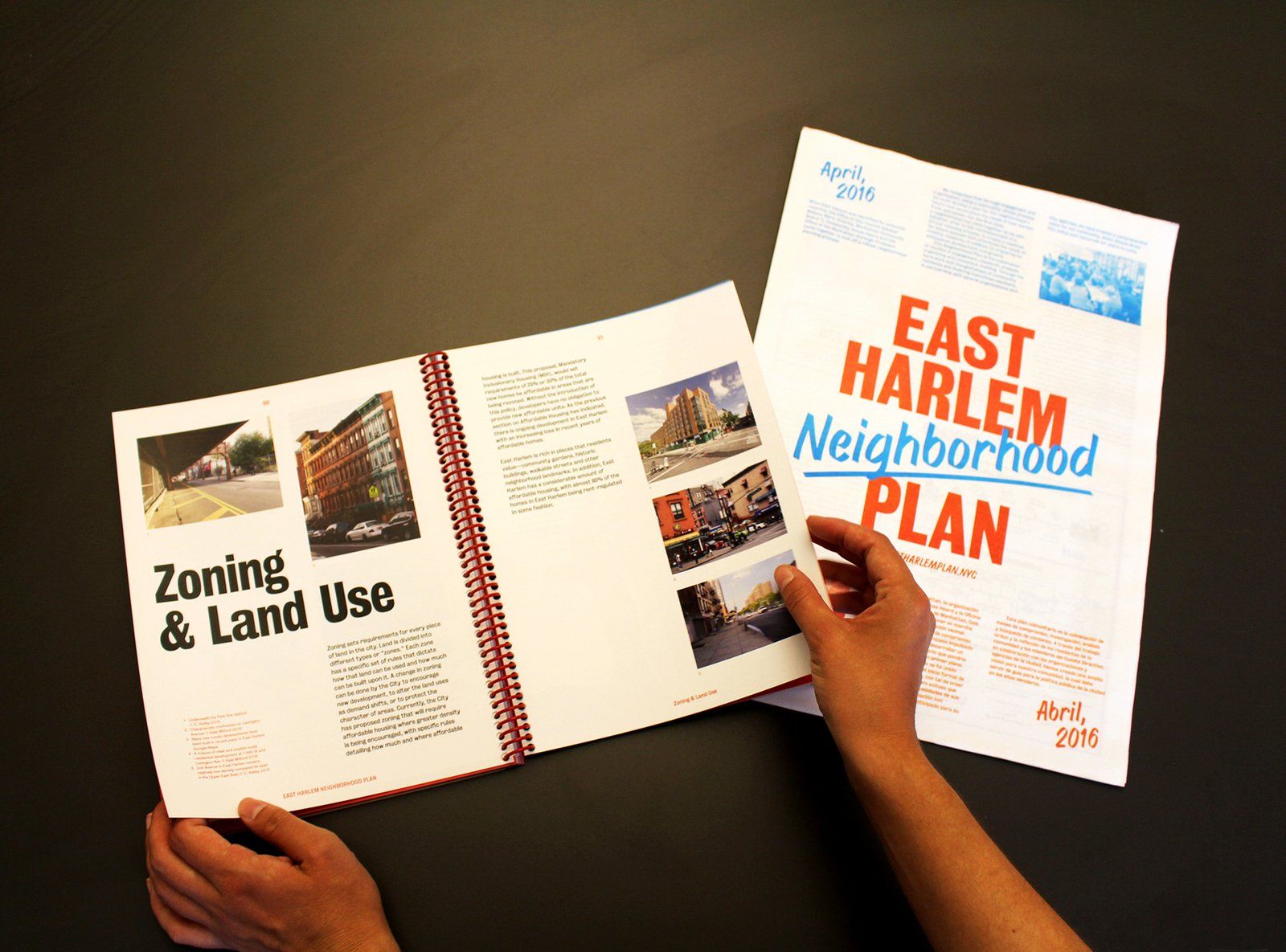
East Harlem Neighborhood Plan focuses on zoning and community development.
Led by the community, the East Harlem Neighborhood Plan redefined planning in New York City by centering local knowledge, linking land use to housing goals, and setting a lasting model for inclusive development.
By collaborating deeply with the community, we developed a framework that prioritized local concerns and the open exchange of ideas, leading to a consensus-driven plan. Our work facilitating the East Harlem Neighborhood Plan embraced a holistic approach, addressing issues from housing to community safety and open space, revealing that zoning alone cannot achieve comprehensive planning.
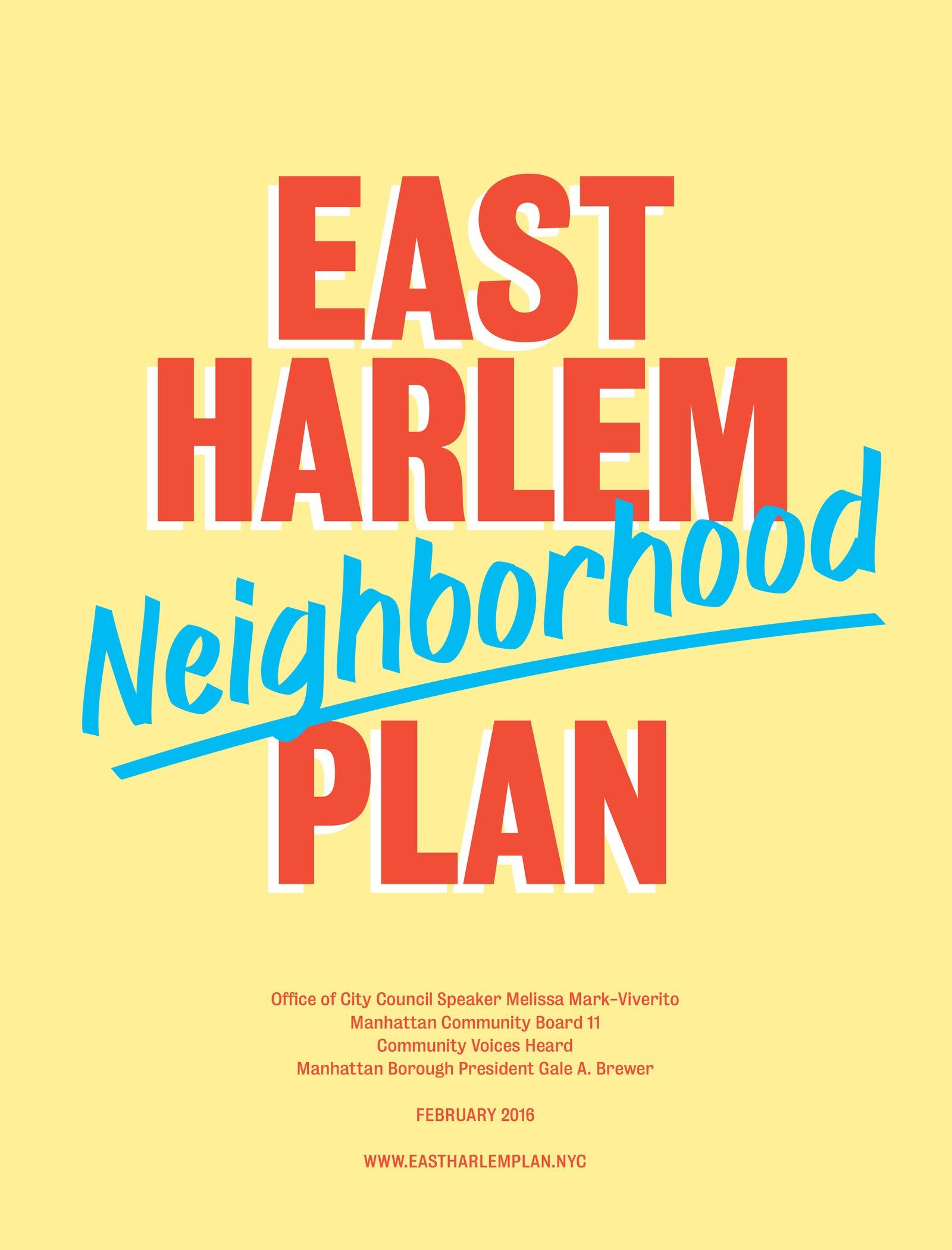
East Harlem Neighborhood Plan cover, promoting community-led development.
East Harlem was at a crossroads, with homeowners, renters, and small businesses struggling under the weight of rising costs. The neighborhood was losing affordable housing as the affordability period of many buildings was coming to an end. Community members needed to create a plan that addressed the long-term cultural and social fabric of East Harlem while creating opportunity for new affordable housing development and economic activity.
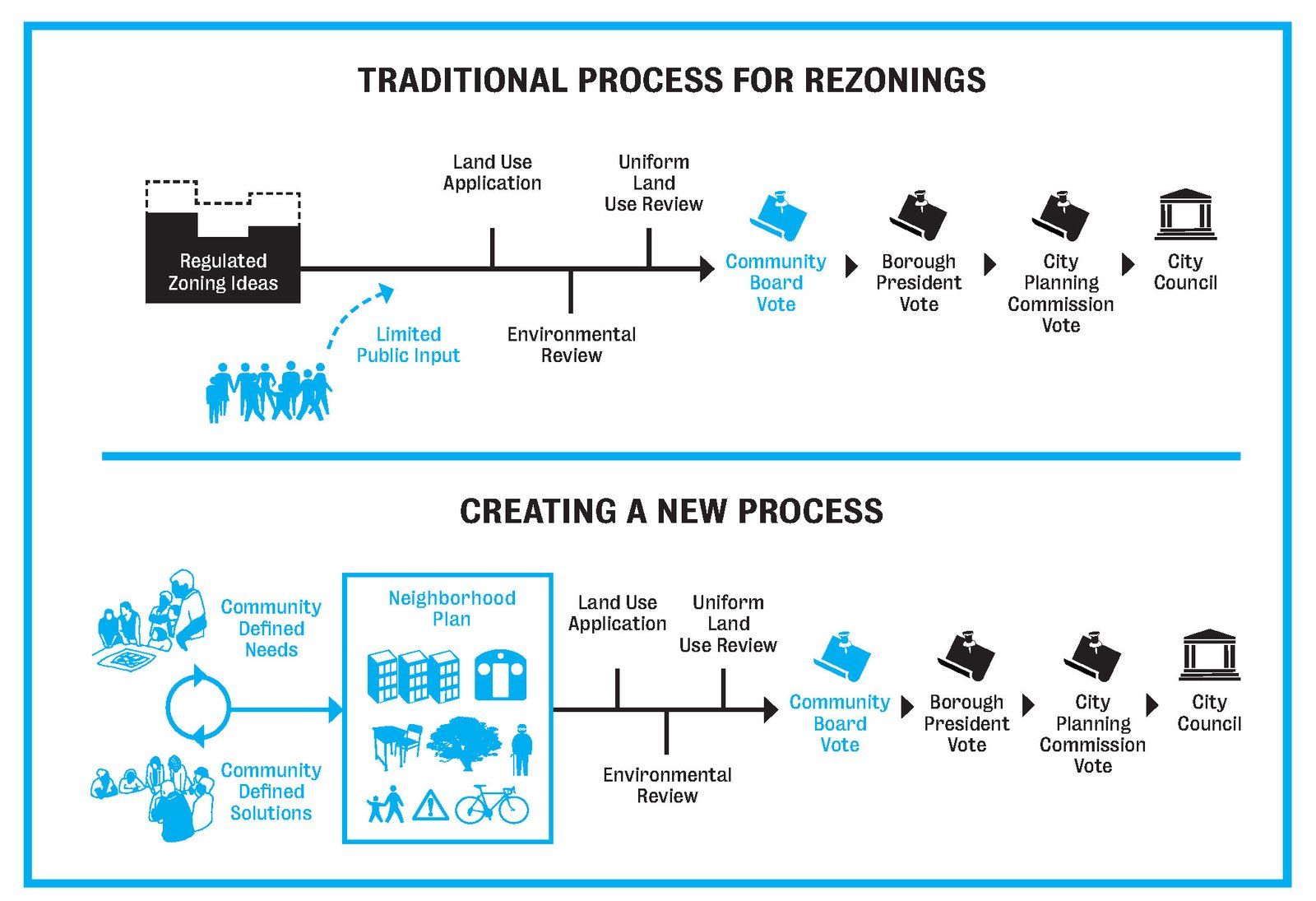
Comparison chart of traditional versus new rezoning processes.
Our vision for East Harlem fuses history and respect of place with forward-thinking urban solutions. By working with key stakeholders and neighborhood residents the recommendations set out policies, programs and capital funding requests to support housing, social needs, and economic development. These recommendations were developed into a plan that underpinned the City’s rezoning of the neighborhood and the Points of Agreement that funneled $178 million into East Harlem.
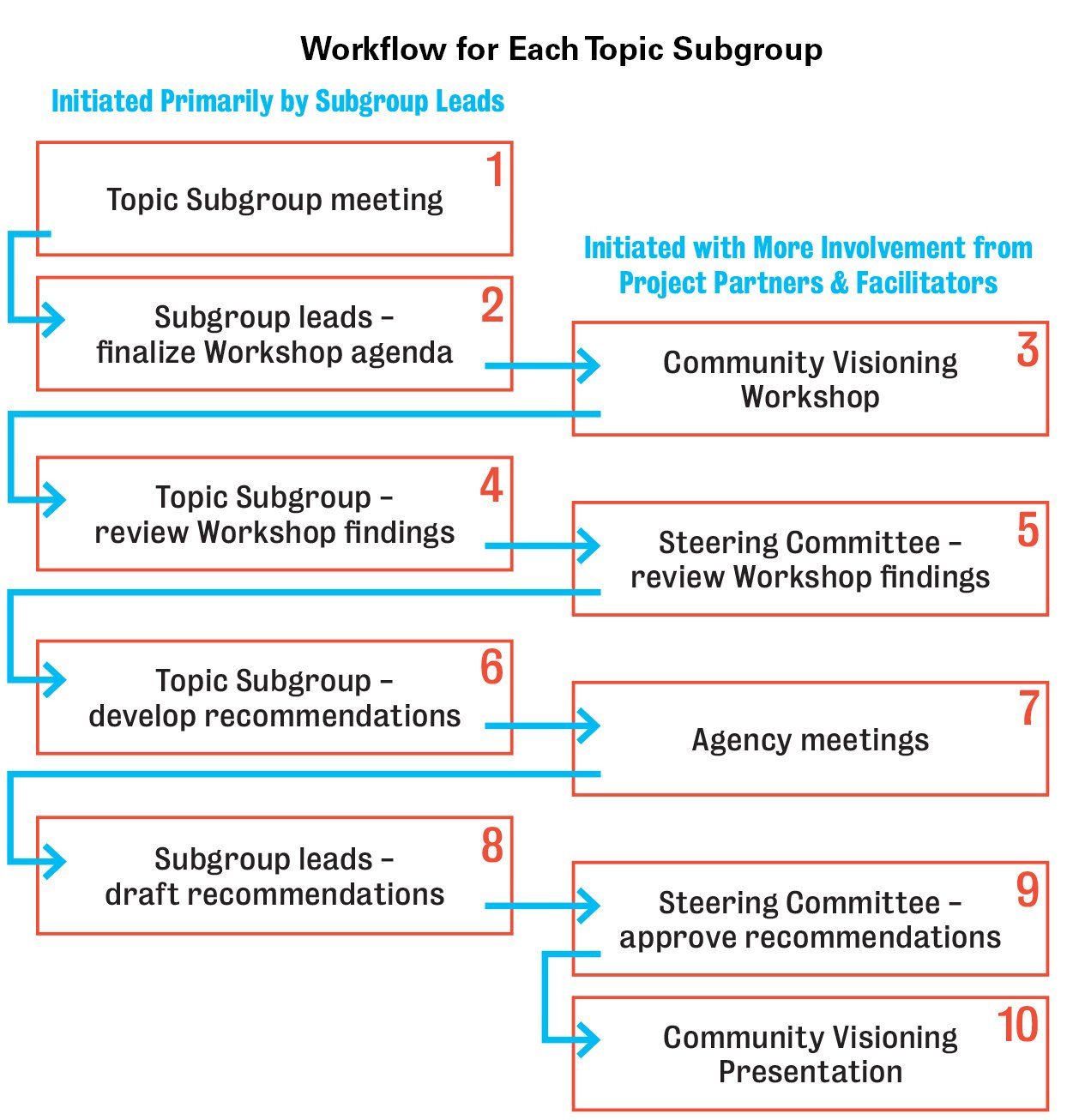
Collaborative workflow ensures community input at every planning stage.
Our team facilitated a collaboration between local leaders and advocacy groups to create the East Harlem Neighborhood Plan. The Plan was developed through a robust process that WXY designed, including public visioning sessions that established community priorities, theme-based working groups that developed recommendations, and a steering committee that voted on them. Digital tools and public meetings enabled real-time feedback, aligning decisions with priorities like affordability and cultural preservation. Regular communication with residents ensured the design reflected the community’s needs, fostering a strong connection between the project and the people most invested in its success.
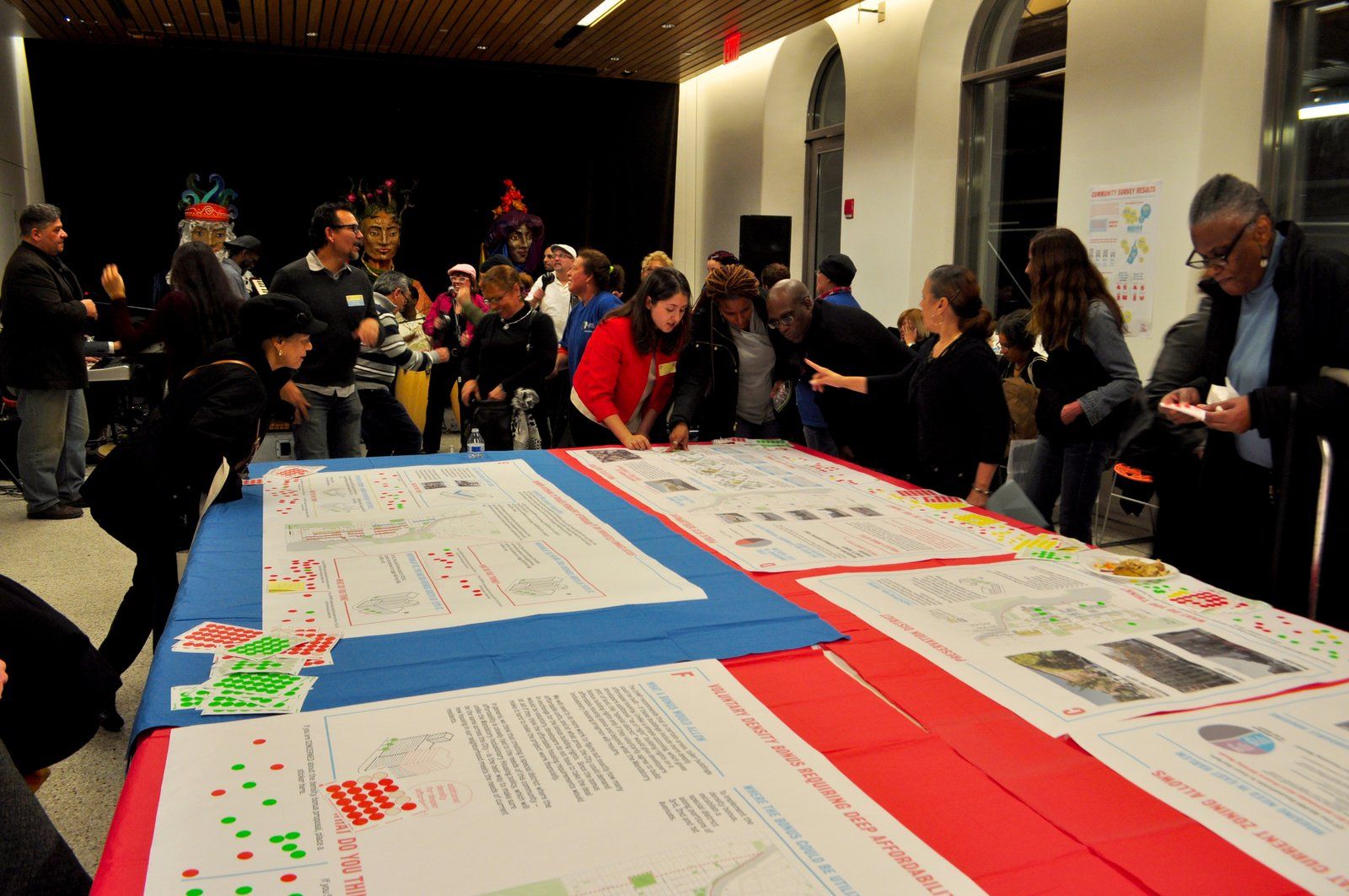
Community workshop fosters active participation in neighborhood planning.
By examining the plan through multiple lenses—open space, recreation, culture, environment, transportation, jobs, and housing—the community and stakeholders embraced density as way to address housing needs. This forward-thinking approach created new options for affordable housing, preventing the projected loss of thousands of affordable units in the coming years. The high level of community engagement and the neighborhood’s commitment to the plan enabled significant capital investment and the commitment from the city to build 100% affordable housing on publicly owned sites.
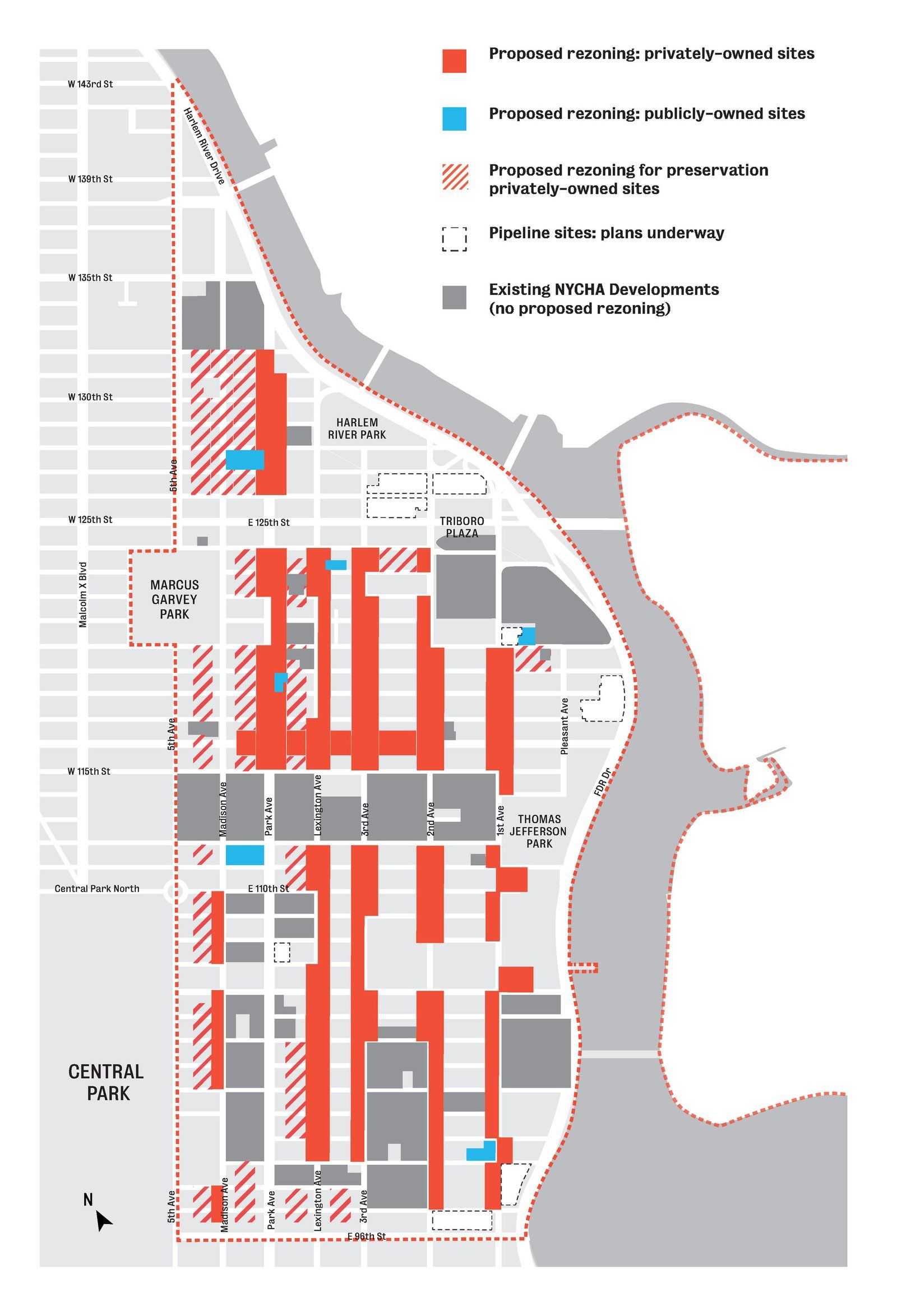
Proposed rezoning sites in East Harlem balance community needs and development.
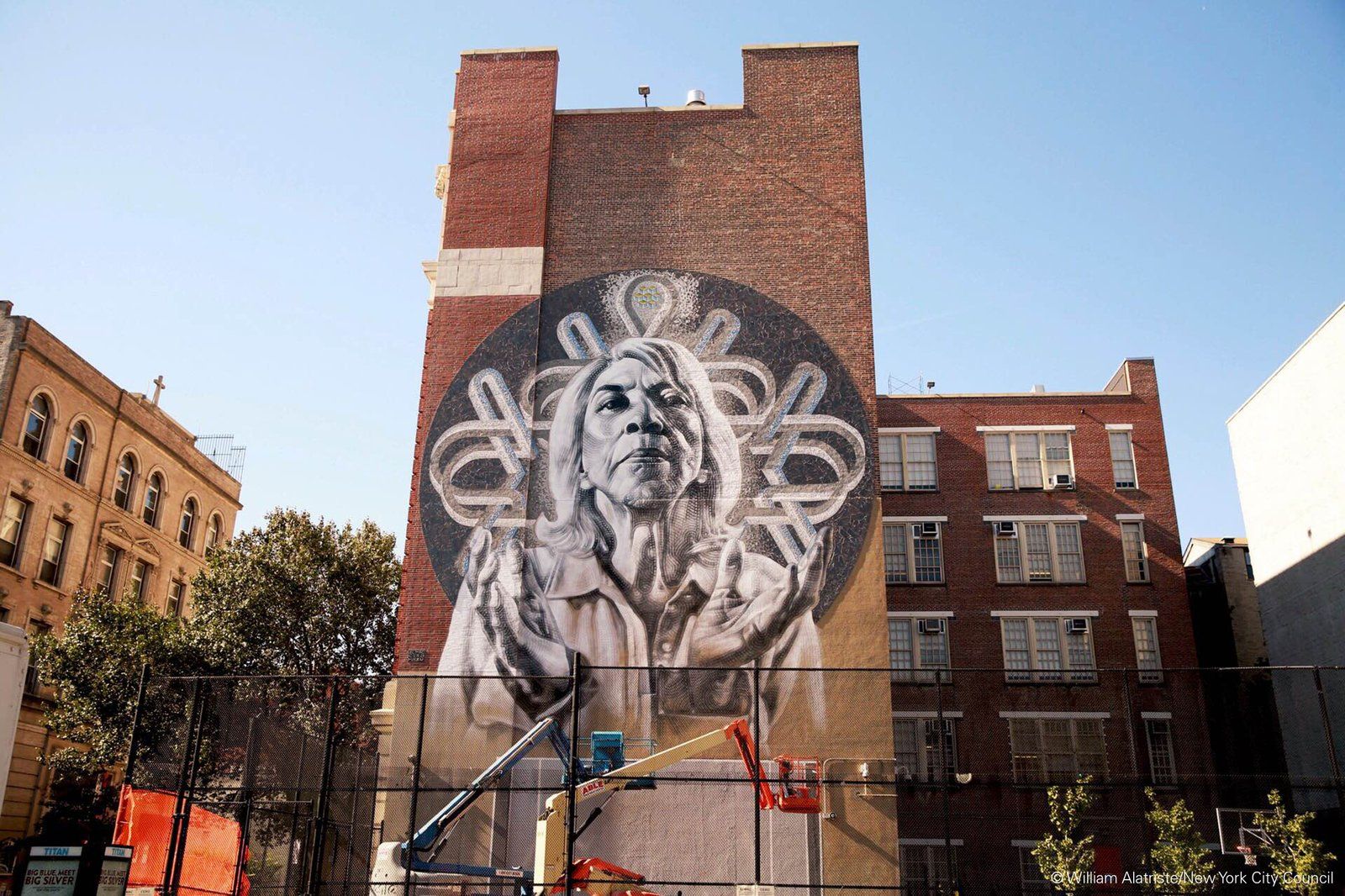
Striking mural in East Harlem celebrates local resilience and community identity.
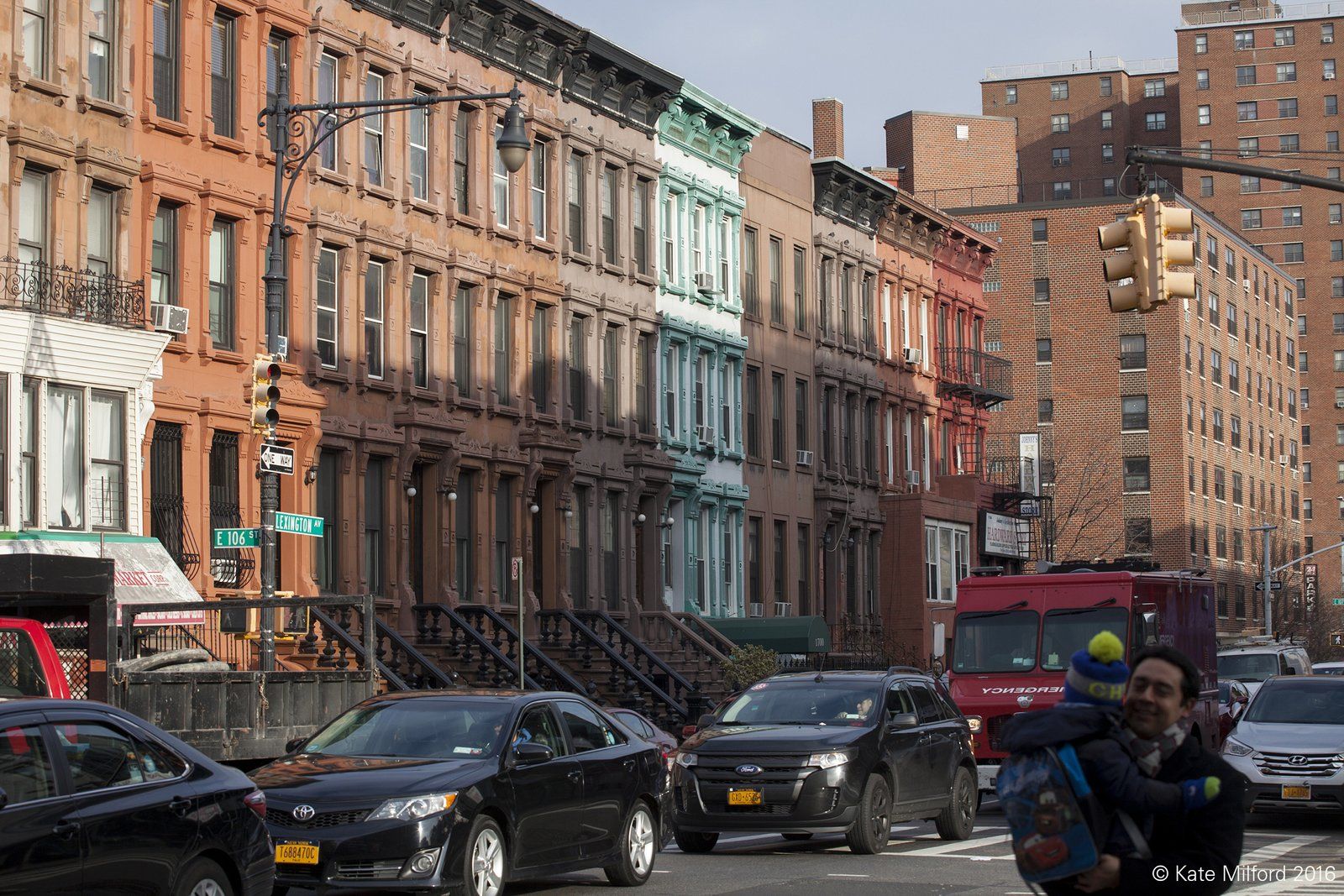
East Harlem brownstones highlight the neighborhood's architectural charm.
Claire Weisz Architects LLP
d/b/a WXY architecture + urban design
212 219 1953
office@wxystudio.com
Careers ↗
New York
25 Park Place, 5th Floor
New York, NY 10007
Toronto
30 St. Patrick Street, 5th Floor
Toronto, ON M5T 3A3 Canada
Subscribe to our newsletter
Site designed by Clinton Van Arnam
Developed by Mario Giampieri